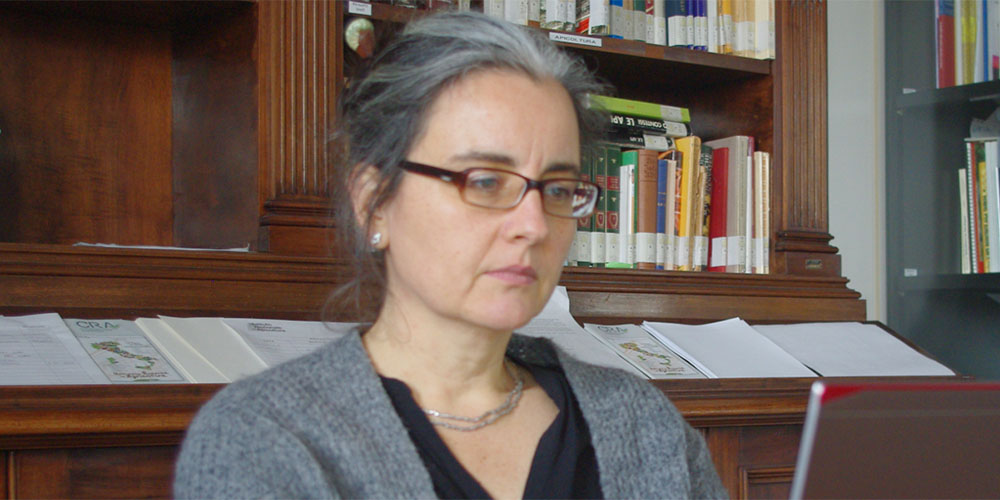Two days ago I had a big surprise in the garden of the CREA-API in Bologna: I met my first Megachile sculpturalis, a really giant bee: they become up to 25 mm long. Some of the specimens I see downstairs look even bigger to me, but this may be an impression. First, I was quite excited to see this beautiful and imposing bee. In the evening however, after reading some information on the species, it turned into concern.
An introduced giant bee
M. sculturalis originates from Asia, from Japan, China and some South-Eastern Asian countries. First, they arrived in North America, where they spread quite fast. In Europe, first sightings occurred in France in 2008. Only a year later, they were also in Italy. Quaranta et al. (2014, find the pdf of the publication here) suppose that introduction and dispersal in Europe occurs along transport ways.
These bees nest in wood cavities, therefore it is possible that they were introduced with wood transports. Their nesting habits are quite interesting: as they are big, they need big holes to fit in. According to the cited publication, they prefer cavities with an diameter between 10-12 mm, but may also use bigger cavities up to 16 mm. The common name alludes to their nesting material: Giant Resin Bee. They separate the cells of the linear nest with resin walls and they cover the cells all over it. For the plug that closes the nest though, they use also other materials. Laura Bortolotti and her collaborators from the CREA-API observed that they use also plant hairs and small pieces of wood. Finally, they cover the plug with a layer of mud. A nice film made in Southern France shows the nesting behaviour of the species (in German, but the footage speaks for itself).

The Giant Resin Bee provisioning its nest. The cell marked by an arrow shows the muddy cover of the nest plug.
Are pollinators always harmless?
The Giant Resin Bee visits a big variety of different plants for provisioning their nests. They seem to have a certain preference for flowering trees and bushes, though the foraging behaviour may vary according to their distribution. Quaranta and his co-authors hypothesize that they forage mainly on – also introduced – ornamental plants. If this is true, then the competition for foraging resources may be limited. But this is still a matter of further research. In the US, they compete for nesting space with Xylocopa virginica. They may also be a competitor for European Xylocopa species, as again Quaranta et al. note.
As I said before, my initial enthusiasm for something new turned into concern. Another introduced species which spreads easily. They are already north of the Alps, too: in 2015 they were observed in Germany. Though this is a bee, a beneficial pollinator, it does not mean that it is absolutely harmless. I already wrote about the risk coming from introducing new species. We do not know much about Megachile sculpturalis, as we do not know much about many species in Asia, Africa or South America. The knowledge gap is already big about the biology of the species itself, but it is even bigger concerning the pests and parasites. Only in recent times we are noticing the importance of pollinator health, caring also about the transmission between species. I really hope that this giant bee will not contribute to further problems in this aspect.



